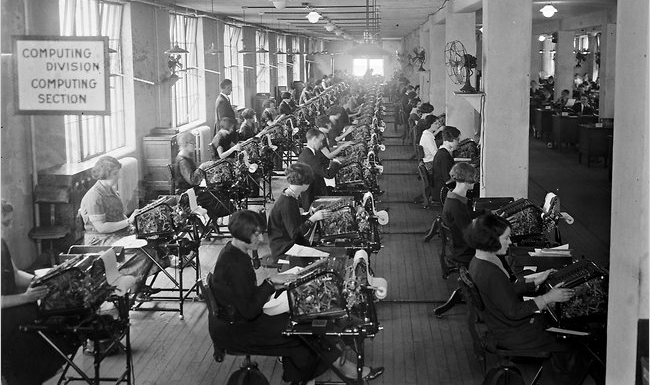Dustin Staiger
The open office concept has been around for a long time. Industrialists like Frederick Taylor and Henry Ford popularized the efficient floor plan in the early 20th century. Later, the increase of knowledge workers brought about an evolution where open plans included cubicles and panels. Mobile technology now allows workers to be nomadic. Instead of “owning” a specific workstation, some coworkers share space as they are in and out of the office. At one time, even the mayor of New York City, Michael Bloomberg, promoted an open plan to signal his accessibility, encourage collaboration and promote a more egalitarian workplace.
But the open office concept has received pushback recently. In Susan Cain’s popular TED talk, she spoke for many introverts who find open offices challenging.
Now, most of us work in open plan offices, without walls, where we are subject to the constant noise and gaze of our coworkers
Introverts aren’t the only ones complaining. Many of us need focus time during the day away from distractions and interruptions. So, is the open office concept right for you and your office? Here are a few tips to help you answer that question.
1. UNDERSTAND WHAT MAKES AN OPEN OFFICE WORK.
Turnstone, a Steelcase brand of entrepreneurial and intrapreneurial office furniture, gives 6 tips for making open offices work. This includes controlling noise levels and having clear guidelines. A great tip most people don’t think about is having signals for when you don’t want to be disturbed. This could be wearing your earbuds or hanging a “Do not disturb” sign in a noticeable location at your workstation.
2. UNDERSTAND HOW OPEN YOUR OFFICE SHOULD BE.
One of the benefits of an open office is its ability to improve collaboration between workers. Different functional groups and teams can require different levels of collaboration. Interviews with these groups allow you to understand how much of their work relies on collaborating with others. You can find out how often they meet with each other, have impromptu conversations or share work with others. Those with low collaboration needs (like accounting or some engineering roles) may desire higher panels for their workstations while highly collaborative teams (like project teams or creative roles) can benefit from low profile work areas where colleagues are highly visible.
3. UNDERSTAND THE OPTIONS YOU CAN GIVE YOUR PEOPLE.
Susan Cain not only gave a TED Talk on introverts, but she also authored a book on the concept. Steelcase believed in her concepts so much, they collaborated with Susan Cain to design Quiet Spaces. These areas empower introverts at work. Although, as she states in her book Quiet, privacy walls aren’t just for introverts.
Companies are beginning to understand the value of solitude. They are creating “flexible,” open plans that offer a mix of solo work spaces, quiet zones, casual meeting area, cafes, reading rooms, computer hubs and even “streets” where people can meet up without disturbing others.
Steelcase calls this providing a “palette of place” for workers. Their research has shown that employees can be more productive and even happier when they have a choice in how and where they work. The palette includes collaborative areas (both private and open) for teamwork, focus spaces where head’s down work can be performed and social spaces where people can interact and gain a sense of belonging. See the diagram below for more examples.
Our Architectural Solutions team provides a variety of solutions for focus areas, conference spaces, huddle rooms and technology/telepresence to give workers options they need to meet the differing styles of work they perform at a given time.
Another quick solution is Steelcase’s Brody Worklounge we introduced to you in this article. Brody can provide focus space even in the middle of wide-open collaborative zones.
Also, Coalesse Lagunitas Lounges can provide larger areas of visual privacy for face-to-face meetings or focus work.

